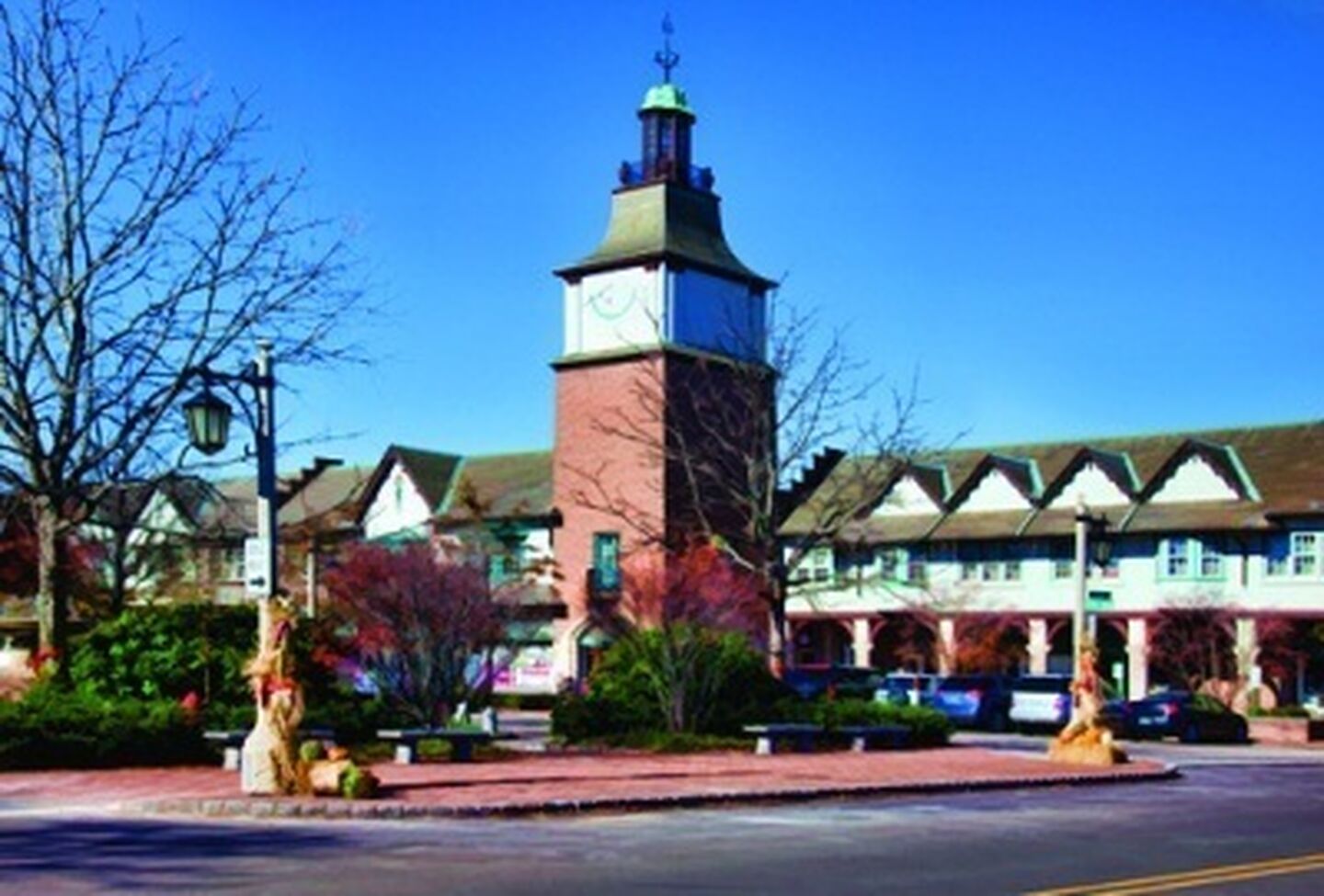Basement Foundation Cracks: Trouble for Homes in Lake Forest IL 60045

Lake Forest is perhaps the ultimate North Shore suburb – small, quiet, secluded and definitely upscale.
Stemming from a few farms established to the west in the early 19th Century and large homesteads to the east, the city of Lake Forest was developed along with its academic core, the institution now known as Lake Forest College. The plan for the city was laid out concurrently with the campus plan by noted landscape architect Almerin Hotchkiss. The city was eventually incorporated in 1857.
As Lake Forest became a popular spot for both summer and year-round homes for Chicago’s wealthy, Lake Forest met the need for infrastructural development by building roads, schools and a new city hall. The availability of large amounts of open space led to the growth of recreational facilities such as golf, tennis and polo clubs.
The mercantile needs of Lake Forest residents began to be met locally when the Market Square shopping center opened in 1917. The country’s first planned shopping center, Market Square anchored downtown with its tree-lined square that faces the commuter rail station and, unusual for the time, provided space for automobile access and parking.
Today, Lake Forest remains among the most desirable of Chicago suburbs with a population of 20,000 living in more than 7,000 homes, half of which are at least 40 years old. Like homeowners everywhere, Lake Forest residents are dealing with the maintenance and repair issues that accompany aging homes and many are discovering basement foundation cracks in their houses.
Basement Foundation Cracks in Lake Forest Homes
The basement foundation cracks found in Lake Forest homes are of two varieties: non-structural and structural. A non-structural crack does not indicate damage that threatens the stability of the foundation but is a frequent source of basement seepage. A structural crack indicates that wall movement or settlement has occurred and that the foundation has become unstable.
Non-structural cracks can be distinguished by their narrow width, from a hairline to about 1÷8” and the fact that they do not generally appear in a discernible pattern.
Structural cracks are usually wider than 1÷8” and typically form a noticeable pattern. In a poured concrete wall there is usually a vertical center crack and two angled cracks across the upper corners as well as vertical cracks at the outside corners where the walls have begun to separate. In a masonry wall, the cracks follow mortar joints, usually in a stairstep pattern, and often lead to a bowed or bulging area in the center of the wall.
A non-structural crack in a poured concrete wall can be permanently repaired by injecting from the interior with expanding polyurethane. The polyurethane fills and seals the crack all the way through the wall and remains flexible when cured to prevent re-cracking from minor foundation movement.
If the crack can’t be accessed from inside it can be repaired on the exterior by creating an impermeable barrier on the outside wall surface using sodium bentonite clay.
Non-structural cracks in masonry walls are best repaired by installing an exterior waterproofing membrane, a heavy coat of asphalt-modified polyurethane that is applied to the exterior wall with a trowel to form an impenetrable water barrier on the positive side of the foundation.
Structural cracks are not themselves repaired but are signs that significant repairs need to be done to the entire wall or foundation.
When a wall has been pushed inward by lateral pressure in the soil outside it can be stabilized in one of two ways. If the wall movement has been relatively minor (less than 2”) the wall can be repaired by applying carbon fiber strips to the wall with industrial-strength epoxy. If the movement has exceeded 2” low-profile steel channels will be affixed to the foundation footings and to the floor joists above to stabilize the wall.
If the cracks indicate that the foundation has experienced extreme settlement or sinking, the foundation must be raised to level and stabilized by installing a number of hydraulic push piers below the surface.
No matter if the cracks indicate non-structural or structural damage, a Lake Forest homeowner who finds them in his or her basement will need the services of a professional foundation repair contractor and/or basement waterproofing company. At U.S. Waterproofing, our foundation repair experts employ the latest technology guided by engineering data to ensure that foundations are stable and safe. Our basement waterproofing team relies on 57 years of experience and constant technological development to offer the right fix for basement seepage problems. Why not ask for our free advice?




